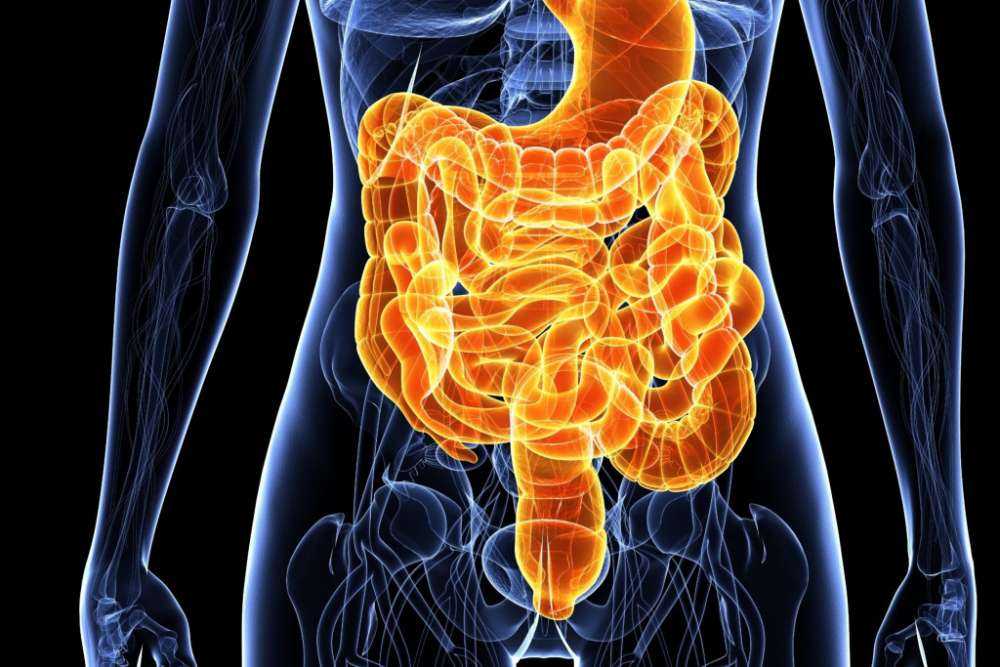By Dr. Lydia Thurton
December 18th, 2013 Edition
Your digestive tract is the gateway to your body. Keeping your stomach functioning optimally and encouraging healthy bowel movements is the cornerstone to any naturopathic treatment plan. Due to the complexity of your digestive processes there are a number of things that can go wrong. Luckily, there are great natural remedies to set your intestinal health on the right track.
The stomach’s main job is to produce hydrochloric acid, which is, needless to say, extremely acidic. So much so, that if I placed a drop on your hand, it would burn right through to the other side. The role of this acid is twofold. Firstly, the acid shreds the large chunks of food we’ve failed to chew properly. In order to extract nutrients from what we have eaten, our food needs to be broken down to its basic molecules. After chewing, stomach acid continues this process. Secondly, as the gateway to our body, our digestive tract is susceptible to invasion from bacteria, viruses and fungi. The acidity of the stomach makes it very difficult for invaders to survive. Also, it’s important to mention that many of the minerals we require, like calcium and iron, are absorbed optimally in an acidic environment.
People who use antacids to reduce their stomach acid are more susceptible to intestinal bacterial infections and osteoporosis, due to poor calcium absorption. In a previous article, I discussed the fact that low stomach acid can actually cause acid reflux and heartburn. Correcting your stomach acid can be as simple as taking bitters or apple cider vinegar before your meals. In more severe cases, you can actually supplement with betaine hydrochloride, a safe from of hydrochloric acid. If you have the sensation that food “just sits” in your stomach and takes a long time to digest you may want to consider improving your acid production.
After the food passes through the stomach and into the first part of the small intestine it requires further breakdown. You pancreas produces digestive enzymes that chew away at the larger particles of food breaking them down in preparation for absorption. As we age, enzyme production declines. A 40 year old produces 25% less digestive enzymes than when they were a child. A capsule before meals ensures that, by the time the food gets to your small intestine, enzymes are ready to spring into action. If you are lactose intolerant you have probably heard of lactase, the enzyme needed to break down milk sugar. There are seven other major enzymes that break down everything from carbohydrates to fiber and we need them all. If there is a food that always causes you digestive upset, say cabbage for example, look for an enzyme that digests plant fibers, this enzyme is called cellulase. By targeting your enzymes to the foods you have trouble digesting you’ll experience vastly improved digestion. Your naturopathic doctor can help you select the right enzyme for you.
If you are not vegetarian or vegan you can also buy enzymes that contain animal bile. Bile is produced by your liver, and concentrated in your gall bladder. We all know oil and water do not mix. So what happens to that olive oil you’ve just eaten that now has to be dissolved in watery gastric juices? That is the role of bile. This yellow, green fluid is responsible for allowing the fat you consume to be emulsified, or made more dissolvable in water. This facilitates absorption of the fats we need to survive and certain vitamins, like vitamin A and E that are fat soluble.
Next issue, I will be discussing your large intestine and bowel movements. Stay tuned.

